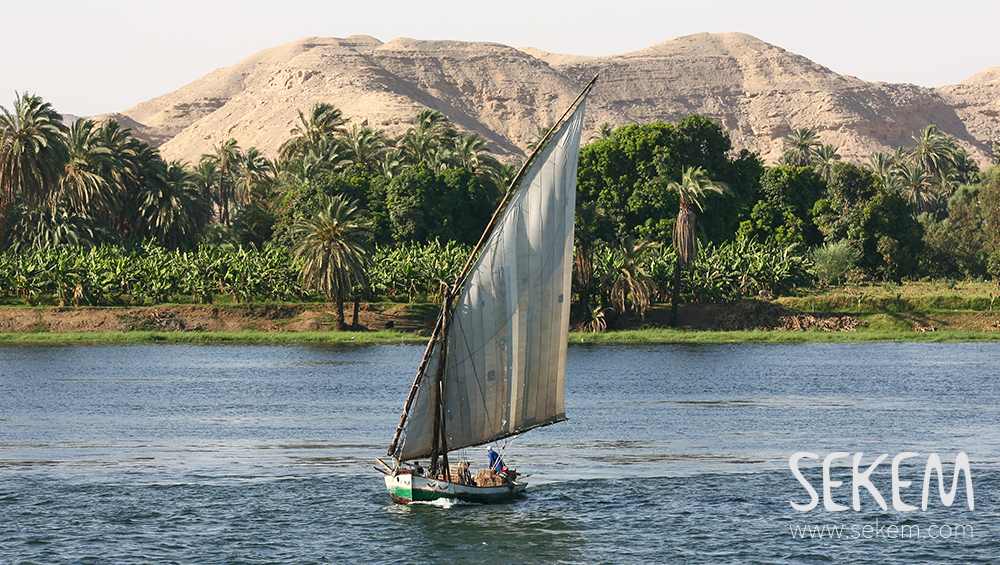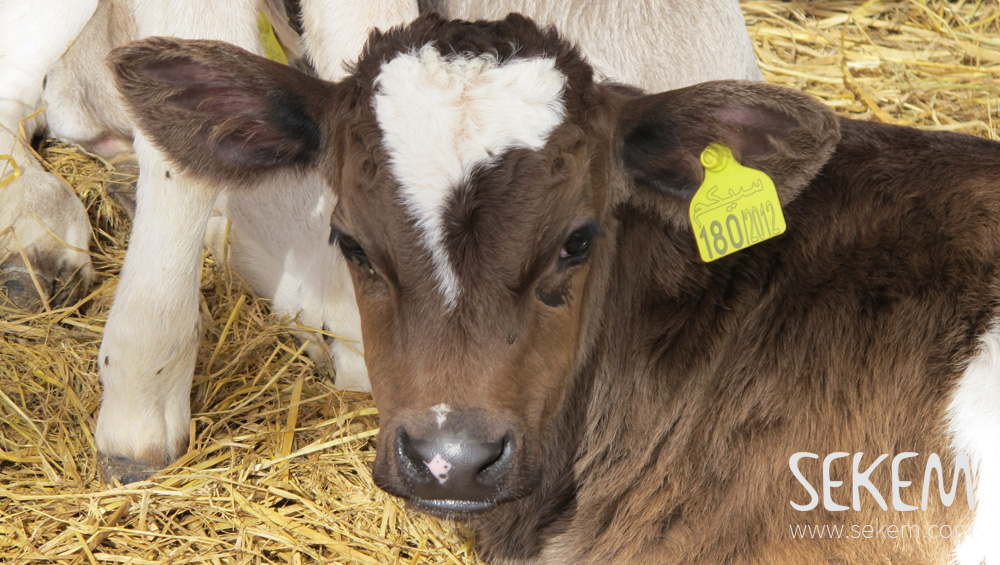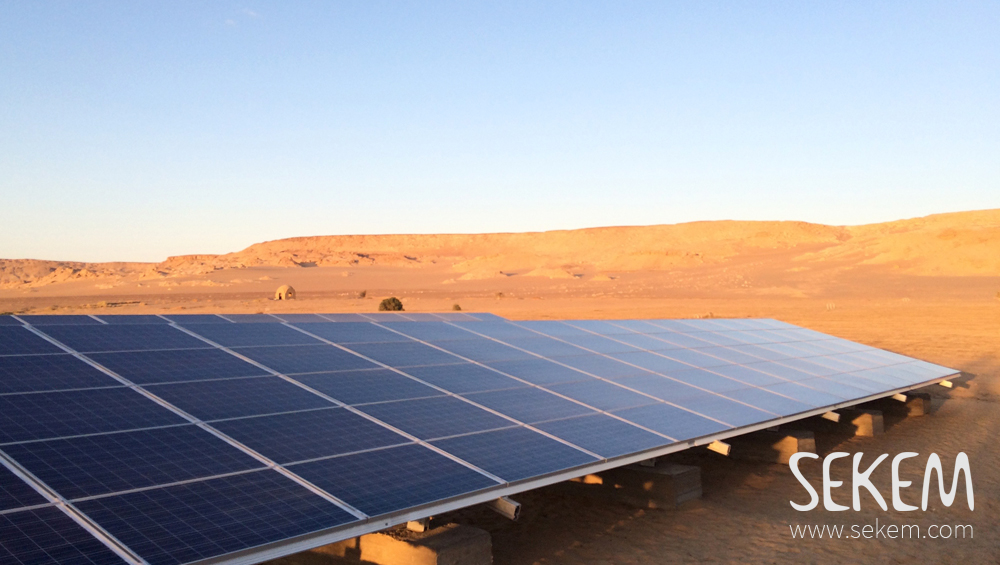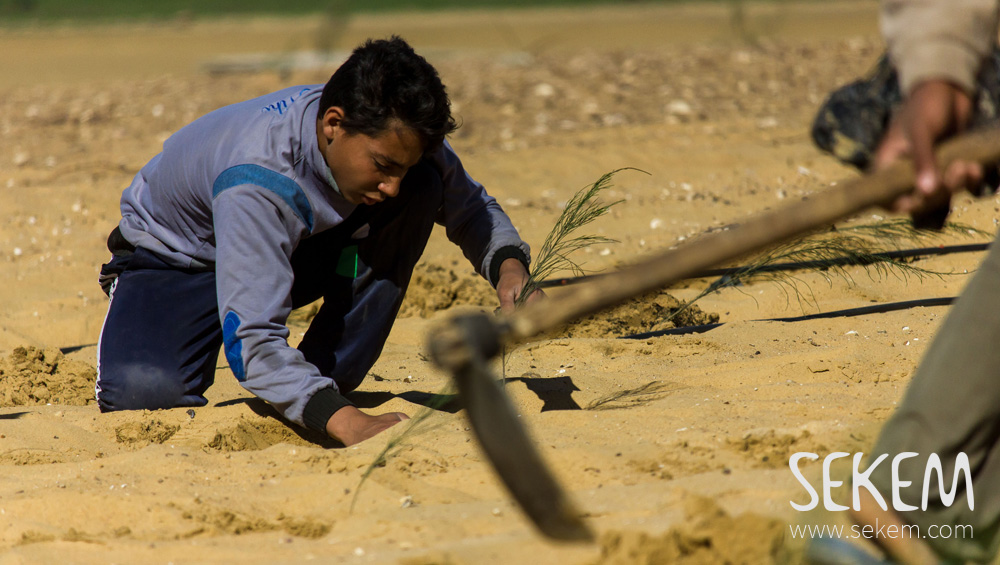Combating desertification by holistic Biodynamic agriculture.
Egypt is known as one of the oldest agricultural civilizations on earth. Thousands of years ago, the annual flooding of the Nile left a fertile and healthy soil for the people to grow their food. As the country has no effective rainfalls at all, the River Nile was like the well in the desert land Egypt to feed its population.

But times have changed. The Aswan Dam was build, which supplies the country with energy ever since, but also hinders the fertile Nile mud to refresh Egypt’s delta. Instead, the farmers started to use chemical fertilizers and pesticides to increase efficiency and crop yield. Today the natural system is not only getting more and more destroyed and polluted, but through the growth of population it would not even bear enough water to feed the whole country, even if the Nile would be still as pure as it was in ancient times. The country is living in water scarcity. The average water use per capita in Egypt is around 660 cubic meters per year, while around the world, it’s about 1,000 cubic meters. The United Nations predict that the water availability will even drop to below 500 cubic meters per year and capita in Egypt in 2025.
Egypt will run out of water
More than 90% of Egypt is infertile desert land. The roughly 6% agricultural soil consume more than 80% of the water resources. However, the small fertile amount of land is not enough to cover the food needs of the country – although the Nile water is already used twice. This is in fact causing even more problems. Wastewater canals are awash with agricultural runoff polluted with chemical fertilisers and pesticides, which cause again many diseases such as bilharzia, an infection by parasitic flatworms coming from warm inland waters.
The missing waste management is another huge challenge that brings dangerous impacts to ecology and public health. According to the World Bank, Egypt generated 89.03 million tons of solid waste in 2012. Only 60% is managed by formal and informal waste operations. The rest is just thrown on streets or at illegal dumpsites.

Strongly affected by climate change
All this is contributing to the fact that Egypt is most vulnerable by the risks of climate change. The rise of the sea-level is for instance a direct result of the global warming. Thereby the Nile Delta is already subsiding 3-5mm per year. A rise of 1.0m would flood one-fourth of the Nile Delta, more than 10% of Egypt’s population would lose their homes.
When the Egyptian Dr. Ibrahim Abouleish returned to his home country after living 20 years in Austria he could already foresee all those challenges. A vision came to his mind:
“In the midst of sand and desert I see myself standing as a well drawing water. Carefully I plant trees, herbs and flowers and wet their roots with the precious drops. The cool well water attracts human beings and animals to refresh and quicken themselves.”
Dr. Ibrahim Abouleish bought desert land near Egypt’s capital Cairo and started to reclaim the infertile soil by Biodynamic agricultural methods. He was aiming to establish a holistic initiative that fosters sustainable development.

As a healthy environment and ecology is the fundament for all life, the sustainable cultivation of the very rare fertile land is the first step to combat desertification, which can then be extended to the creation of further living soil by reclaiming land. In regards to the mentioned challenges, this means first and foremost to use water very carefully. SEKEM is convinced that Biodynamic agriculture is the solution.
Compost – Black gold of the desert
SEKEM started to produce and use compost, the “gold of the desert”, as natural alternative to chemical fertilizers to reclaim the arid soil and to dung the plants without the use of harmful pesticides or chemicals. This requires more time compared to conventional methods, but ensures a continuous and thereby sustainable cultivation of the reclaimed area and is in fact even cheaper, if True Cost Accounting is applied (see “The Future of Agriculture in Egypt” study in Economy).

Besides the compost, Biodynamic agriculture requires the rotation of crops. By rotating nitrogen consuming with nitrogen enriching crops, the depletion of soils can be prevented. In addition, the roots built even more organic matter when crop rotation is applied. Extracts of Neem-Trees are used to stop the growth of diseases and beneficial microorganisms are applied as an efficient alternative to regular pesticides or other artificial chemical products, which are not only harmful to soil, plants, water or air, but also to humans.
Saving valuable water
Today, almost 40 years after the first square meters of desert have been reclaimed by compost, SEKEM could transform almost 684 hectares arid land to vital soil (varying between 0 to 30 cm in depth), which is rich of organic matter and a broad spectrum of microbiological life. The organic fields of the SEKEM Farm thereby have a much higher water holding capacity. They require up to 20% less water than conventional treated soils. The compost, as well as the Biodynamic preparations are produced by SEKEM and sold to other farmers as well. Meanwhile, other agricultural institutions that established gradually around the SEKEM Farm are producing compost by themselves and sell the valuable fertilizer to others, even to conventional farmers, who also start to appreciate its power of fertilization.
Once land is reclaimed, animals play an essential role to Biodynamic farming – and generally in the balance of all ecosystems.

SEKEMs understanding of farming and cattle management, which is based on Biodynamically farming methods, animals are not only raised and held appropriate to the species, but also with the physical requirements of their natural development. Hence, SEKEM keeps cattle, sheeps, bees and pigeons. Apart from the foods that they offer, the most important product is their manure, which is essential in the compost mixture.
A sustainable oasis in the desert surely needs clean air – vital for all aerobic creatures. SEKEM is planting trees around the fields, to achieve several effects: The trees break the wind so that it cannot blow away the topsoil; the shade brings cooler and more humid air, which creates a micro-climate among the surrounding tree lines of a field; the photosynthesis of the trees uses carbon dioxide and emits the needed oxygen instead; and in the long term, the groundwater level slowly rises because of the cooler surface and brings additional micro-climatic change.
Under the Egyptian Sun – Renewable Energies
Egypt has the perfect conditions for solar energies, which help, among others, to reduce the emission of dangerous greenhouse gases. However, as energy is heavily subsidized in Egypt, the amortization of renewable energy investments are unattractively slow. Still, SEKEM maintains on-going small scale renewable energy projects, such as small photovoltaic stations, several hybrid solar dryers and various solar water heaters. Lately, SEKEM could install two solar water pumps that replace the power of a diesel generator and belong to the biggest ones of its kind in whole Egypt.

Today the SEKEM Farm is a place where, trees, plants and flowers are growing and the well waters attract human beings and animals to quicken themselves. Besides, there are more than 680 hectares of former desert land reclaimed by SEKEM and roughly 800 farmers contracted by SEKEM all over Egypt, to ensure them a fair income and living standards (read more about SEKEM contracted farmers in Economy). The Egyptian desert is alive, it just needs the right awareness about the challenges and a sustainable way to combat them.
Christine Arlt
Read more about how SEKEM tries to combat Egypt’s desertification in:
Cultural Life
Societal Life
Economy
Every Desert Hides a Well

